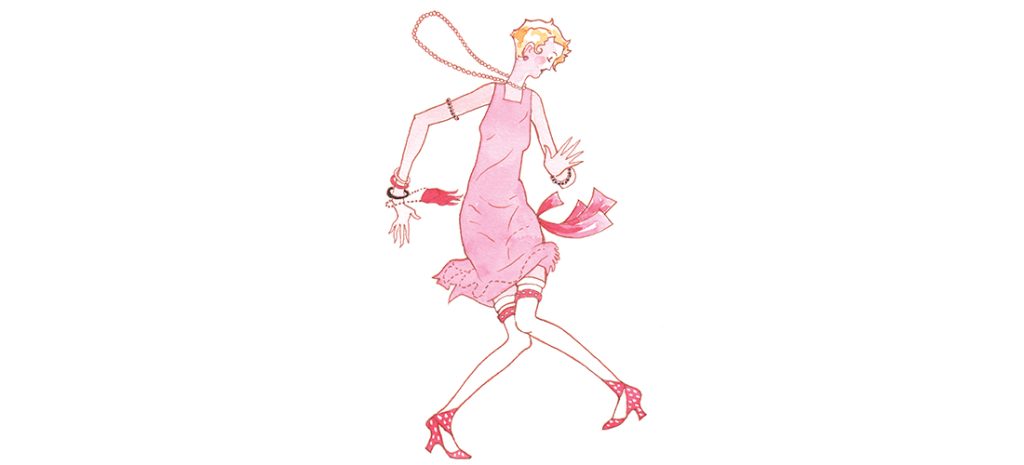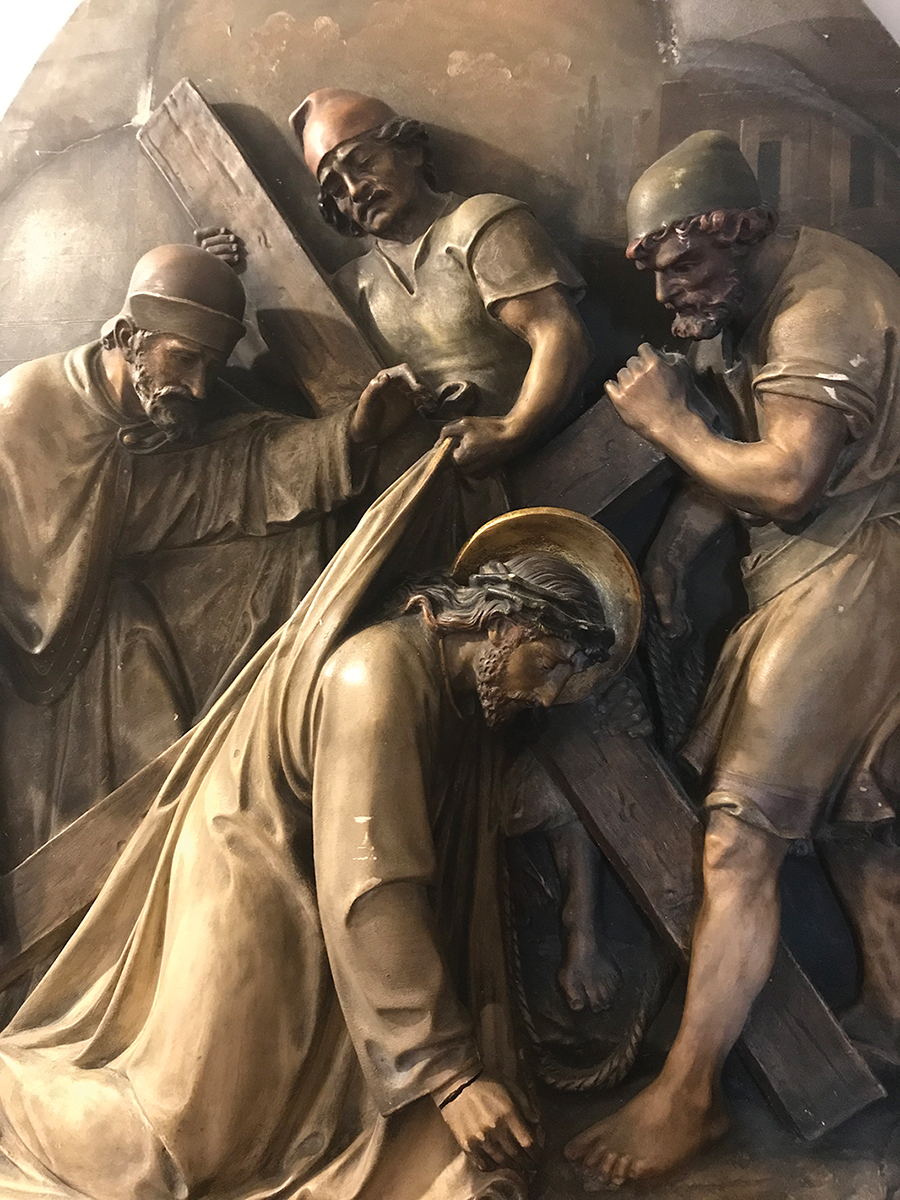Home Grown
Home Grown
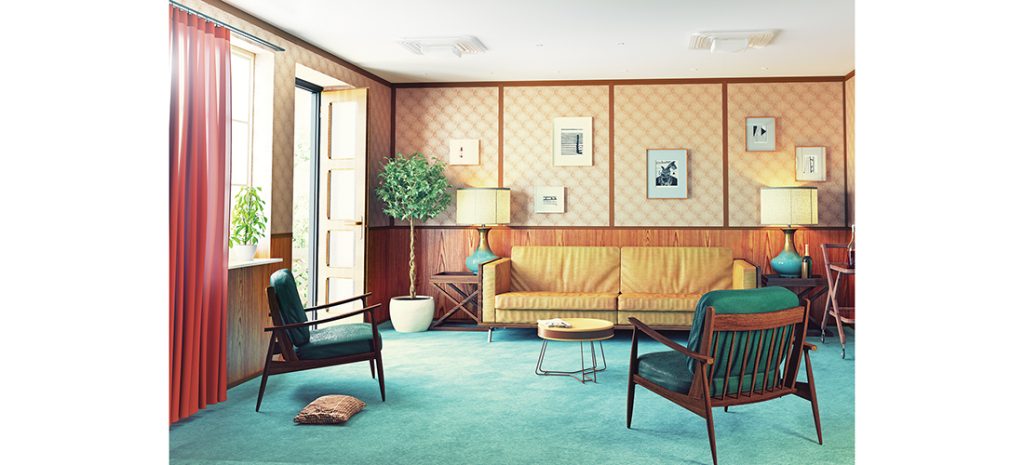
Fringe Movement
Bitchin’ kitsch-in
By Cynthia Adams
There it was in the venerable Architectural Digest. Shag carpet everywhere. The “rise of kitschy themed vacation rentals.”
“Kitschy” and “themed” extolled in AD, arguably the most revered design publication.
Before I could get my eyeballs back down from the top of my head, there in the magazine’s online edition unspooled images of pink, shaggy, fur-covered floors, walls and ceilings. Boudoirs with round beds — as in Elvis’ Vegas era, Pocono-honeymoon-style round beds. And more vinyl, glitz, brass, acrylic, glass, unidentifiable materials, and Elvis-gold and Vegas neon colors than have been on view since Plan 9 from Outer Space hit the movie screen and pre-rib removal Cher was on TV.
Forget Granny Chic, Granny Core‚ or Millennial Chic. Forget Coastal Grandma Chic. Forget anything you’ve read about Minimalism, Houston style, New York style, West Coast cool. Forget it and gird your design loins.
Something else, something very strange, is afoot.
Something tacky this way comes.
And the most unsettling part? When Architectural Digest embraces tacky, readers are expected to simply submit as their discomfort scale ratchets up. How bad must things be in modern life for us to embrace kitsch taken to extreme lengths?
The taste-makers at the vaunted Architectural Digest are not alone in claiming that kitschy décor, kitschy homes and kitschy boutique hotels are rare and hot-hot-hot.
Among the renters of such hip-to-kitsch grandparents’ abodes was even — wait for it — a fire department.
I sort of get it, in that case, anyway. Wouldn’t such an interior kitsch so bad that design mavens wave their magic design wands in order to position it as good, just cry out for combustion? Hot-hot-hot so incendiary as to burn-burn-burn? That would seem to be a pyrrhic victory.
But it seems there is no making kitsch, nor any extreme, go away for good. Bad taste exists because how else might we know how to define the antithesis?
According to the BBC, kitsch was supposedly killed by the Modern Art movement. But, no. (Spoiler: Andy Warhol has a big role in the offing of really bad taste by conflating it with hipster taste.) Here’s what the BBC says about it:
“This is one reason for the emergence of a wholly new artistic enterprise, which I call ‘pre-emptive kitsch.’ Modernist severity is both difficult and unpopular, so artists began not to shun kitsch but to embrace it, in the manner of Andy Warhol, Allen Jones and Jeff Koons.”
Here, friends, comes the best part. Pre-emptive kitsch as defined by the BBC themselves:
“The worst thing is to be unwittingly guilty of producing kitsch. Far better to produce kitsch deliberately, for then it is not kitsch at all but a kind of sophisticated parody. Pre-emptive kitsch sets quotation marks around actual kitsch, and hopes thereby to save its artistic credentials.”
The BBC editorialist has examples: “Take a porcelain statue of Michael Jackson cuddling his pet chimpanzee Bubbles, add cheesy colours and a layer of varnish.” Certainly a strong visual. They continue: “Set the figures up in the posture of a Madonna and child, endow them with soppy expressions as though challenging the spectator to vomit, and the result is such kitsch that it cannot possibly be kitsch. Jeff Koons must mean something else, we think, something deep and serious that we have missed. Perhaps this work of art is really a comment on kitsch, so that by being explicitly kitsch it becomes meta-kitsch, so to speak.”
Meta-kitsch lives. Deliberately, some say, deliciously (or deliriously) kitsch redux, as in, “the 1980s were far more than just the ’50’s redux,” a direct quote from an online dictionary.
Beat them to the punch, in other words. Be in on the joke.
And then we have, thanks to design writer Kelsey Lawrence, an exposition on the “rise of kitschy, themed vacation rentals,” which includes motel rooms, Airbnbs and even travel trailers. (Especially Air Stream trailers.)
It’s nostalgia-tinged, Lawrence says. Those Pepto-Bismol, Strawberry-Shortcake-doll pink walls and carpeting, crushed velvet as the fabric of the moment, and the must have on repeat: once again, Playboy mansion style round, velvet-covered beds.
Bow-kitsch-a-bow-bow.
Lawrence blames the trend on the hardship of the times; the barrage of bad news, which apparently can only be shut out by focusing upon kitsch.
So, if you stare at hardcore kitsch long enough, you can blot out the images of fellow Americans demonstrating for their civil rights?
Pre-emptive, meta-kitsch, if taken to its logical conclusion, would extend to all matters of taste. For example, if you wore Tammy Faye cry-me-a-river makeup to the office on Mondays, your Bobbie Brown-tastefully-neutral face would be far more appreciated — perhaps even celebrated! — on Tuesday.
Or if you ditched your Talbot’s jacket for a Kimmy Schmidt getup for the PTA meeting, everyone would applaud your knowing irony. A hipster, in-on-the-joke?
Like the green Jell-O with marshmallow-and-grated-carrot-salad brought to the elegant dinner party, temerity wobbling on a platter, the laugh wouldn’t be on you . . . it would be with you.
After the applause dies, enter FOMO.
What exactly, one worries privately, inside a tasteful home with pale lacquered ceilings, industrial-chic doors, upcycled floors and Jeff Koons-inspired art, what deep and serious thing, did I miss out on? OH
Cynthia Adams is a contributing editor to O.Henry.







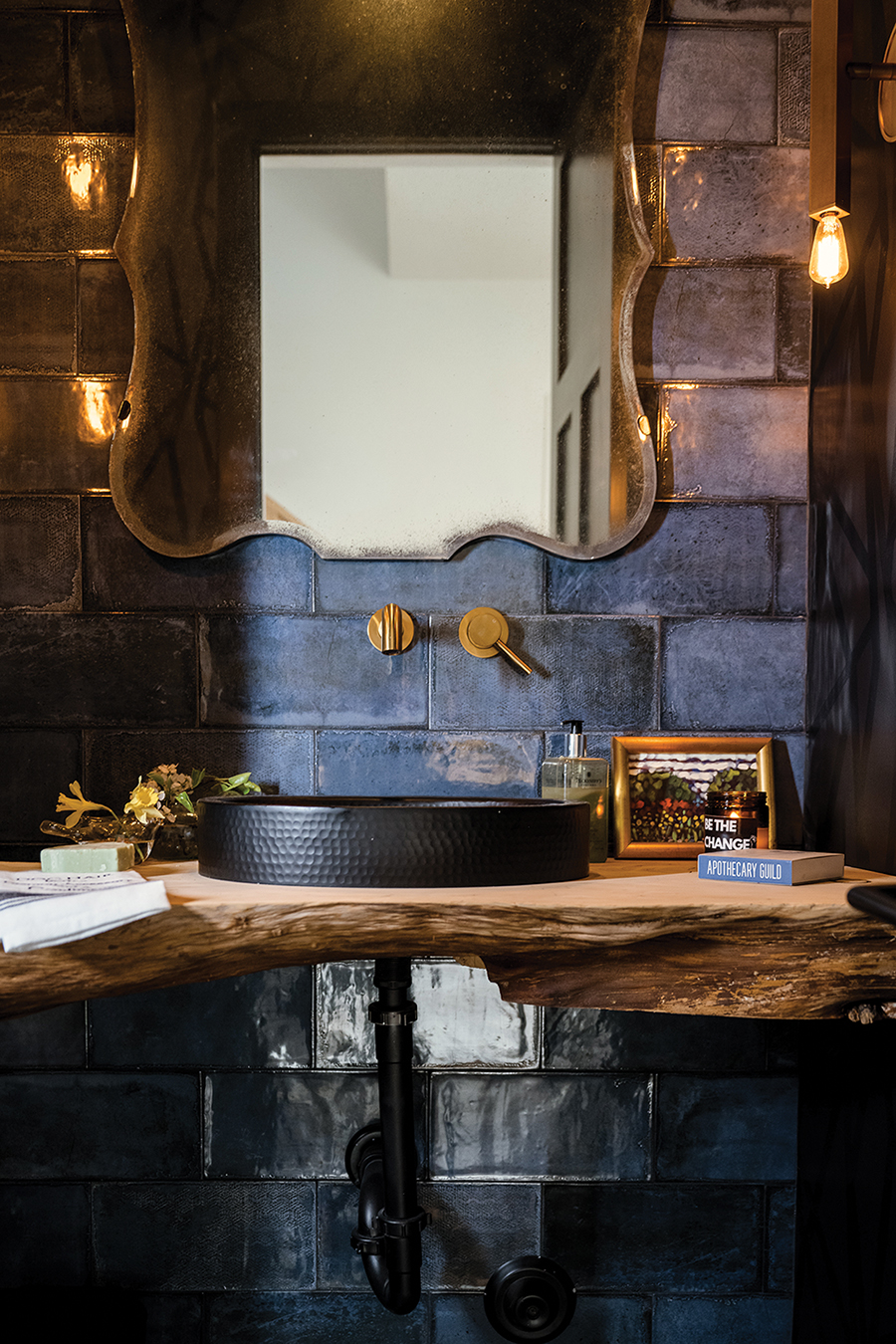




































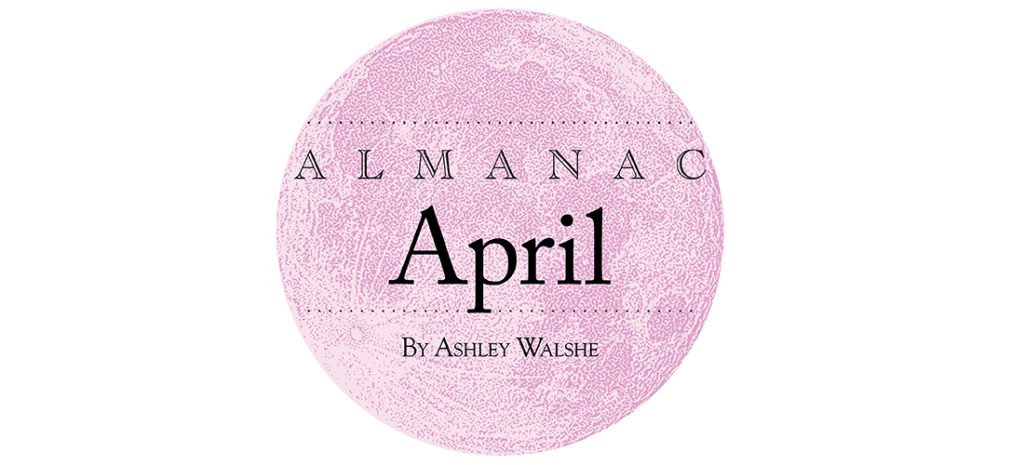
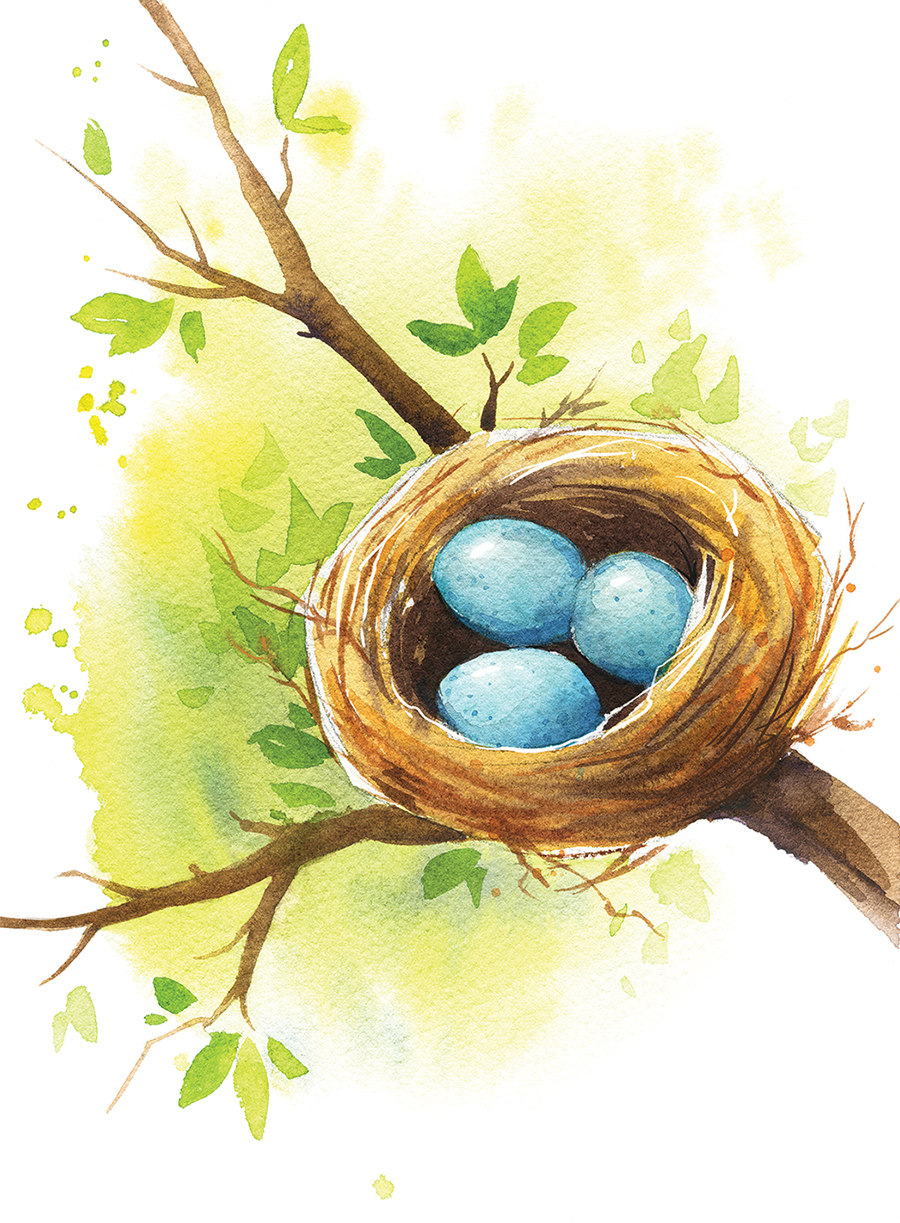


 April Shower
April Shower
